Fungal treatment of toenails with folk remedies is a long process that can last from 1 to 4 months. At the same time, it is possible for the disease to recur after some time. This is due to the high level of infection of the microorganisms that cause this pathology, as well as the spread of their spores in the environment where the infected person lives.
What is toenail fungus
Toenail fungus is an infectious disease, a chronic form of the course that occurs as a result of infection with pathogens (fungi) in this part of the limb. In medical terminology this pathology is referred to as onychomycosis.
is a common disease that is difficult to treat with all types of therapy.On average, every 10th resident suffers from toenail fungus. The disease can develop into complex forms, affecting the entire surface of the entire nail plate, causing it to separate and deform.
Types of toenail fungi
Treatment of toenail fungus using folk remedies is a long process and a positive result can be achieved after 1-3 months. From the start of therapy. Also of great importance is the diversity of mycoses, the development of which has led to the defeat of all or part of the nail plate.
The table below lists the types of toenail fungi, as well as a description of the pathological process:
| Onychomycosis type | Characteristics of the disease |
| Normotrophic | Changes the color of the nail plate. Elongated streaks and irregular spots may appear. At the same time, the usual shine of the nail, the transparency of the plate and its normal thickness are maintained. It is considered a non-severe form of the disease that responds well to treatment with traditional medicine. |
| hypertrophic | The nail color changes, shines and transparency is lost. Gradual deformation of the nail plate develops with destruction of the edges. It is possible to separate part of the nail from the bed. The degree of deformation of the plate directly depends on the fertilization of the tissues by pathogenic microorganisms. |
| Onycholytic | This is an atrophic type of disease when the stage of deformation of the nail plate is over. The nail tissue dies, which eventually leads to its rejection from the root of the bed. |
Classification of the diversity of these species is used by onychomycosis dermatologists.
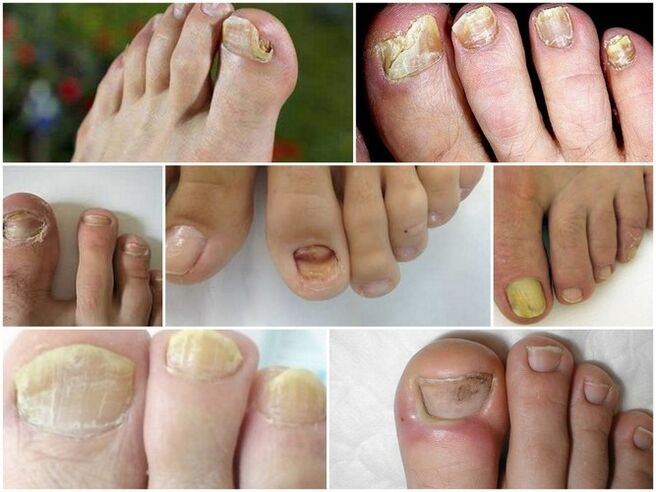
Also, the disease is divided according to the signs of the clinical picture, namely:
- Distal - damage to the nail plate occurs only from the free edge;
- lateral - nail destruction develops laterally;
- Proximal - Mycosis destroys posterior ridge tissues;
- Total - The fungus has completely affected the entire nail, from its root upwards.
The type and form of the disease is determined by a specialized specialist during the examination of the patient. Based on the results of the examination and diagnosis, the treatment regimen is selected. This applies to both drug therapy methods and folk remedies.
Stages and degrees of toenail fungusToenail fungus, treated with folk remedies, which takes a long time, is a chronic disease. Onychomycosis develops over several months, sometimes for many years. It depends on how strong the patient's immune system is, as well as the strain of the infectious pathogen.
Each stage of the disease is characterized by a gradual deterioration in the health of the affected tissues, namely:
- Stage 1 - A gradual change in the color of the nail plate occurs along the edges, white, gray or yellow shadows and spots may appear, there are no other painful signs of the disease at all (a person feels a pungent and unpleasant yeast odor from the fingersComes);
- Stage 2 - Onychomycosis progresses, covering the entire area of the nail plate, the structure of which starts from the edges to the base of the bed (the color of the diseased tissues is completely yellow or gray, there are signs of transparency); Stage 3 - The last stage in the development of toenail fungi, characterized by complete necrosis of the affected tissues, they deform and reject the body (local inflammation caused by splitting of the nail plate at the base of the bed is possible).
The last stage of the disease is the most severe form of onychomycosis. After the rejection of the nail occurs its re-formation, but in this case already healthy tissues are formed. If a person does not take measures to treat dermatological disease and get rid of pathogenic microorganisms, then the new nail will also become infected with fungal infections and will be destroyed in the soil.
Symptoms of toenail fungus
Toenail fungus, the treatment of which by folk remedies requires the regular use of homemade decorations, tinctures and ointments, it is a disease with pronounced symptoms.
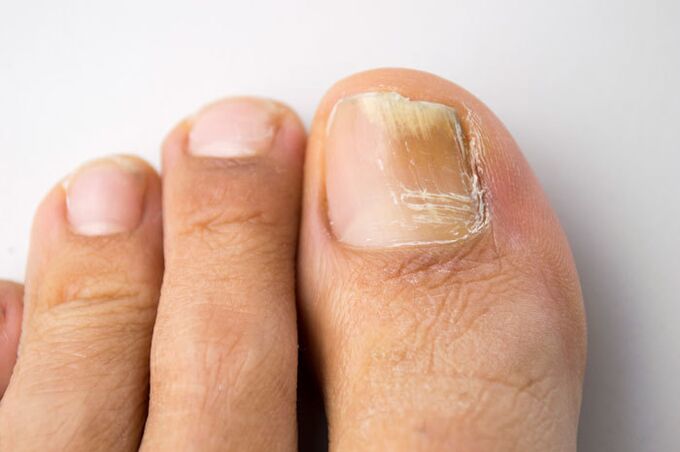
Onychomycosis of this part of the body can be diagnosed with the following symptoms:
- redness of epithelial tissues located around the perimeter of the nail plate;
- white spots or streaks appear on the sides of the nail as well as on its front, which do not disappear during plate treatment or water treatments;
- The nail plate gradually changes color, losing its transparency (abnormal process develops from the edges to the center of the tissue and the root);
- Fungal microorganisms penetrate deep into the nail plate, destroying its structure, causing its deformation;
- The affected nail has the shape of yellow wrinkles;
- By mechanical action on the affected tissues, they are separated from the nail layer (this process may be accompanied by painful symptoms and the release of ichor in the nail root, where it connects to the epithelial and soft tissues of the finger)
All of the above symptoms are accompanied by the constant maintenance of a pungent and unpleasant odor that resembles yeast but is more pronounced. This sign of the disease appears even before the development of external symptoms, which indicates the gradual destruction of the tissues of the nail plate.
Causes of toenail fungus
Fungus on toenails, the folk remedies of which are based on the principle of systemic use of home remedies, can not develop by itself without the influence of many factors.
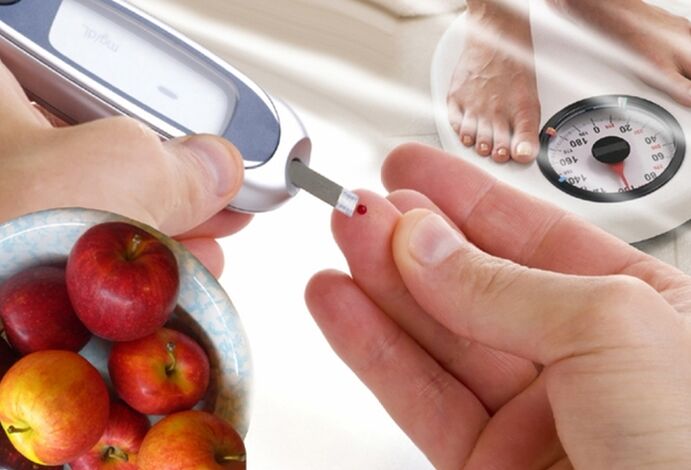
Onychomycosis can be contracted in the following cases:
- Visiting public showers, baths, steam rooms, swimming pools, saunas, if a person did not use individual rubber slippers, came in contact with the surface on which the viable spores of fungal microorganisms are represented;
- Wearing a shoe joint by several people when one of them has fungal damage to the nail plates;
- Poor hygiene, sometimes foot washing;
- The presence of concomitant diseases such as diabetes mellitus, varicose veins and also foot deformity increases the risk of toenail fungus as local immunity is reduced, or nutrients are created to increase the population of fungal microorganisms;
- Wears shoes made of poor quality cover that do not allow air and do not absorb water, which causes constant dampness of the toes;
- Contact of the exposed part of the foot or nail with the floor surface in the apartment if the person with onychomycosis lives in the same living conditions.
The human immune status plays an important role in the development of this disease. People with strong immunity can prevent infection and further damage to the nail plate. Warm and humid environments are ideal conditions for fungal microorganisms, so this information should be taken into account when visiting beaches and other crowded places.
Diagnosis of toenail fungus
Fungus on toenails, the treatment of which folk remedies begin only after a detailed examination by a dermatologist, is an infectious disease that requires careful diagnosis. It is necessary to identify a strain of fungal microorganisms and then select a treatment regimen that will be effective in a particular case.
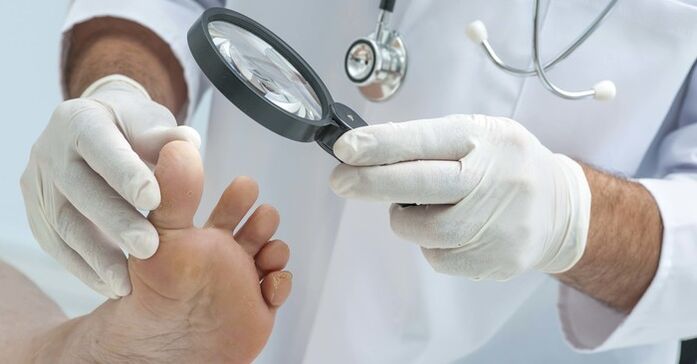
To diagnose onychomycosis, a patient must go through the following stages of examination:
- Preliminary examination by a dermatologist, who examines the appearance of the affected plate, assesses the condition of the tissues, the degree of their deformation;
- The smear is applied from the surface of the epithelium, which is located around the base of the nail (biochemical analysis is performed on the strain of fungal microorganisms, as well as the presence of secondary bacterial microflora);
- In a laboratory manipulation room, a specialist selects a portion of the affected tissue to examine fungal microorganisms in more detail and to rule out the simultaneous presence of several types of mycosis; In addition to the toes, the skin surface of the foot is examined to make sure that the fungal disease is localized and there are no signs of it spreading to other parts of the lower limb.
Based on the results of both the external examination and the laboratory findings, the attending physician makes a diagnosis for the patient - onychomycosis, or denies the existence of pathology.
Diagnosis takes an average of 1 to 3 days. Biochemical laboratory services at a public hospital are free, but biological material study conditions can last up to 7-10 days.
When to See a Doctor
A consultation with a dermatologist should be made as soon as signs of nail fungus development are detected.Delay is fraught with exacerbation of symptoms and damage to large areas of the nail plate.
In addition, a person with signs of onychomycosis is a carrier of fungal infection and also, without realizing it, spreads spores of pathogenic microorganisms in his daily living conditions. In this case, it is possible to infect healthy family members with onychomycosis.
Prevention of toenail fungus
It is possible to avoid contamination of the toenails with fungal infection, but for this you need to follow simple prophylactic rules on a daily basis that will protect the lower extremities from fertilization by pathogenic microorganisms.
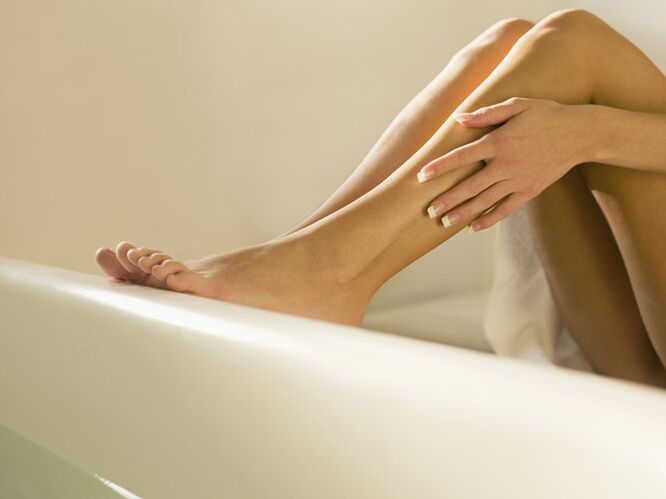
The following actions are recommended:
- Do not visit public baths, swimming pools, saunas, showers and do not wear individual rubber soles;
- Wear only high quality genuine leather shoes;
- Follow the rules of personal hygiene, wash your feet daily with warm soapy water, wash socks;
- require treatment for family members who have signs of toenail fungus but are allowed to catch the disease and do not seek medical attention;
- During the summer holidays, walk on open water bodies, on the beach, only in shoes, avoid contact with sand on the epithelial surface of the feet and toes, river silt or ground;
- Wear only your own shoes;
- Make sure there are no places for mold growth in the apartment or private home (wall dampness, fungus that has infected old wood floors, boards, blackening of wallpaper in the corners).
To prevent fungal infections of the nails, it is recommended to pay special attention to strengthening the immune system.
For this you need to take a contrast shower every day, give up bad habits, strengthen the body, eat rationally, eat only biologically useful products (cereals, chicken, rabbit, turkey, veal, fresh fruit, fruits, vegetables, herbs, Cheese, fish in the ocean).
Methods of treatment of toenail fungus
Onychomycosis therapy is performed using traditional pharmaceuticals, traditional medicine prescriptions and also by surgical intervention. Each of these methods is effective at a certain stage of disease development.
Medications
Treatment of fungal infections is carried out with medications that have an anti-fungal spectrum of action.
Antifungal medications should only be prescribed by a dermatologist. Only a specialist of this profile can determine which particular medication is effective in a particular clinical case. In addition, the data of laboratory studies of the collected samples of deformed or altered nail are taken into account when forming the treatment regimen.
Traditional methods
There are traditional medicine recipes that allow you to get rid of fungal infection of toenails without the use of pharmaceuticals. To do this, use the following compresses, homemade ointments, tinctures and other methods:
Kombucha compress
To prepare this folk remedy you need to buy a kombucha, or bring it home yourself. A piece of this ingredient is cut with a knife and then placed on the surface of the infected nail. The procedure is performed at night before going to bed. Kombucha is fixed on the finger with adhesive plaster. The time of therapy is not limited by time.
Tincture of onion juice
You need to take 1 medium onion, cut it with a knife, then pour 1 tsp. K. Granulated sugar.
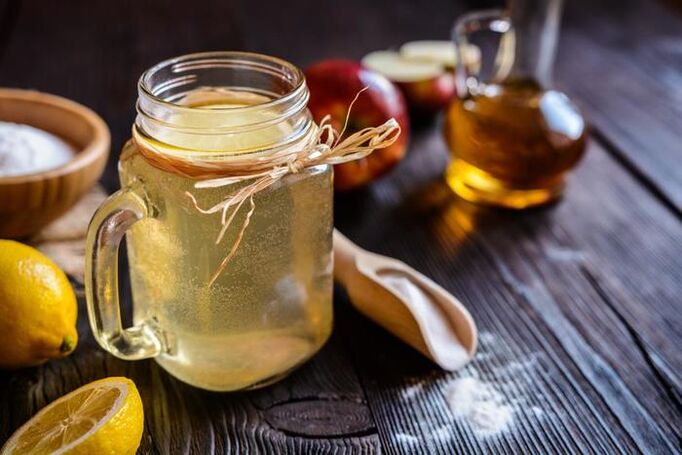
Future medicine is sent to the refrigerator within 24 hours. In this period of time the chopped vegetables are able to secrete a sufficient amount of juice which is injected and then used as medicine. The diseased nail is cleaned with onion juice 3-4 times a day for 3 months, or until complete recovery.
Antiseptic solution
This product is made at home by mixing 1 tbsp in equal proportions. Boiled water, ethyl alcohol and garlic pulp. All components are mixed until a homogeneous mass is formed. The resulting solution is used for antiseptic treatment of the nail plate at least 2 times a day. The treatment lasts at least 3-4 months.
Salt ointment for fungi
An effective antifungal remedy that is easy to make at home. This requires ½ Ch. K. Table salt, add 1 tbsp. K. The lentils were collected from the herbs and then mixed with all the ingredients. The result is a honey-based ointment containing a high concentration of mineral salts.
The product is applied to the nail plate once a day. The procedure is best performed at night. During the treatment it is necessary to take precautions, not to allow the circumference of the nail bed on the skin of home medicine, and also to protect the mucous membrane of the eyes.
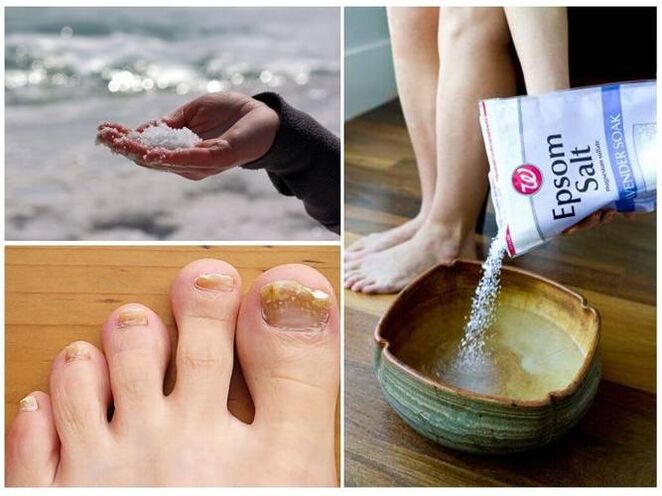
Homemade ointment is applied until the diseased nail is separated by the subsequent formation of a healthy plate. Alternative therapy is really effective, but the only drawback of their use is the time of therapy.
The duration of their use should be at least 3 months. The initial form of fungal infection of the nail plates on the feet can be eliminated within 2 months. In this case, the course of treatment should be continuous. Skipping even one procedure can worsen tissue health.
Other methods

An alternative treatment for fungal infection of the nails of the lower extremities is surgery. The method consists in having the attending physician remove the deformed nail plate.
In general, the operation is performed as follows:
- The patient comes to the operating room independently and then lies on the couch or sitting on a chair.
- The nurse administers a local anesthetic finger, the nail of which is affected by onychomycosis. After starting the anesthetic work (5-10 minutes later), the surgeon strengthens the affected nail plate with tweezers.
- Antiseptic treatment of the operating site is performed, suture material and sterile dressing are used.
After completing the surgery, the patient was transferred to his ward of the surgical ward, where he receives further therapy with antifungal agents. The average duration of complete healing of the wound site is 7 to 10 days. For 1 month. Grows a new nail plate that has no fungal signs provided the treatment process is properly organized.
Possible complications
In the absence of action to cure nail plates from fungal infection,may develop the following complications caused by pathogenic microorganisms:
- complete deformation of the nail plate with its subsequent separation at the base of the bed;
- Spread of the fungus on healthy skin tissues located on the surface of the foot, between the toes, disease transition to the nails of the upper extremities, inguinal folds;
- infection with onychomycosis of other family members who have not previously had fungal disease (children are most vulnerable because their immune systems are weaker than in adults);
- Loss of the nail and completion of the process of forming a new plate, since due to the abundance of infectious microorganisms, the integrity of its structure is initially violated.
Toenail fungus can be treated with folk remedies, but it requires maximum effort, spending at least 3 months. Time
The main danger of onychomycosis is that the fungal microorganisms that cause damage to the nail plate are highly infectious and quickly adapt to new environmental conditions, as well as the effects of active drug components.
Therefore, treatment of the disease should be started as early as possible to prevent its course from becoming severe or chronic.































